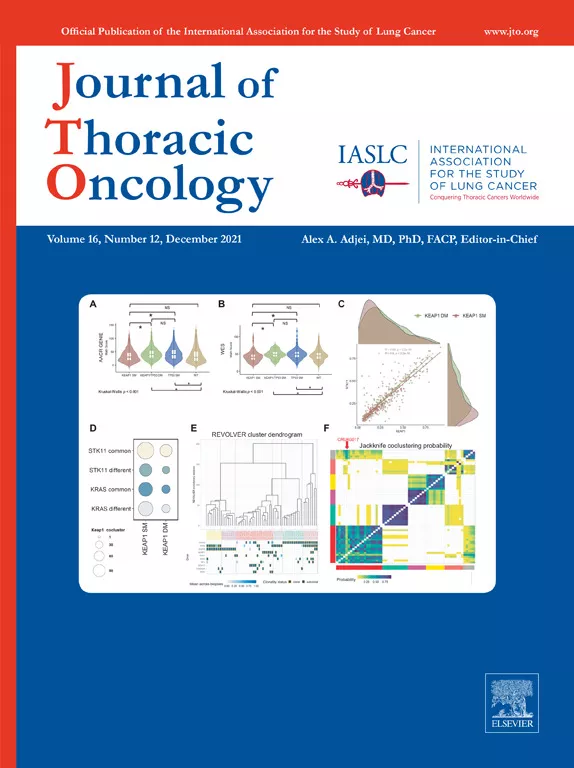Significant correlation
The study by Marian Eberl, Research Associate at the Chair of Epidemiology, found a significant association predicting patients with primary lung cancer to be at increased risk of developing a smoking-related second primary cancer. Of the 135,589 lung cancer survivors (68.2% male; mean follow-up: 30.8 months), 5,298 developed a second tumor.
According to Eberl, these findings are consistent with previous studies of cancer registry data from the United States and the United Kingdom. Here, too, particularly high risks for the development of second tumors were demonstrated at sites with direct contact with tobacco smoke or its metabolites, such as the head and neck, larynx, small intestine, and urinary tract.
Contrary to previous findings and the so-called survivor hypothesis, the increased smoking-related cancer risk persisted after diagnosis over the studied entire ten-year period. "Stronger measures must therefore be taken - also at the political level - to support smokers in quitting and to discourage young people from starting to smoke in the first place," concludes Prof. Klug. Eberl emphasizes the importance of the cancer registry in practice: "We can only gain such important insights with high-quality and complete data from cancer registries."
Baseline
Tobacco smoking remains the leading cause of lung cancer worldwide. Despite declining numbers over the last two decades, 24% of men and 19% of women in Germany still smoke. Estimates show that more than four out of five lung cancer cases can be attributed to smoking. However, a large proportion of patients diagnosed with lung cancer continue to smoke after treatment. These patients have an increased risk of developing a second primary cancer, independent of the first.
Method and data basis
Using calculated standardized incidence ratios (SIRs) – stratified by age, sex, region, and time period – the incidences of smoking-related and other second tumors were compared with the general population.
The Center for Cancer Registry Data provided anonymized data for the study, along with basic patient information. Data from eleven population-based cancer registries covering approximately 50% of the German population were pooled for the study.
The patients included in the analysis were diagnosed with lung cancer between 2002 and 2013, were between 30 and 99 years old at the time of diagnosis, and survived at least six months.
The analysis was limited to lung cancer as an index cancer, as the high proportion of smokers in the disease incidence is well documented. Patients younger than 30 years were excluded, as smoking-related lung cancer is more likely to occur after this age.
To the homepage of the Chair of Epidemiology
To the editorial "Informing patient surveillance for the growing number of lung cancer survivors"
Contact:
Prof. Dr. Stefanie Klug
Chair of Epidemiology
Georg-Brauchle-Ring 56
80922 München
phone: 089 289 24950
e-mail: stefanie.klug(at)tum.de
Marian Eberl
Chair of Epidemiology
Georg-Brauchle-Ring 56
80992 München
phone: 089 289 24958
e-mail: marian.eberl(at)tum.de
Text: Gianna Banke
Photos: Journal of Thoracic Oncology/private


